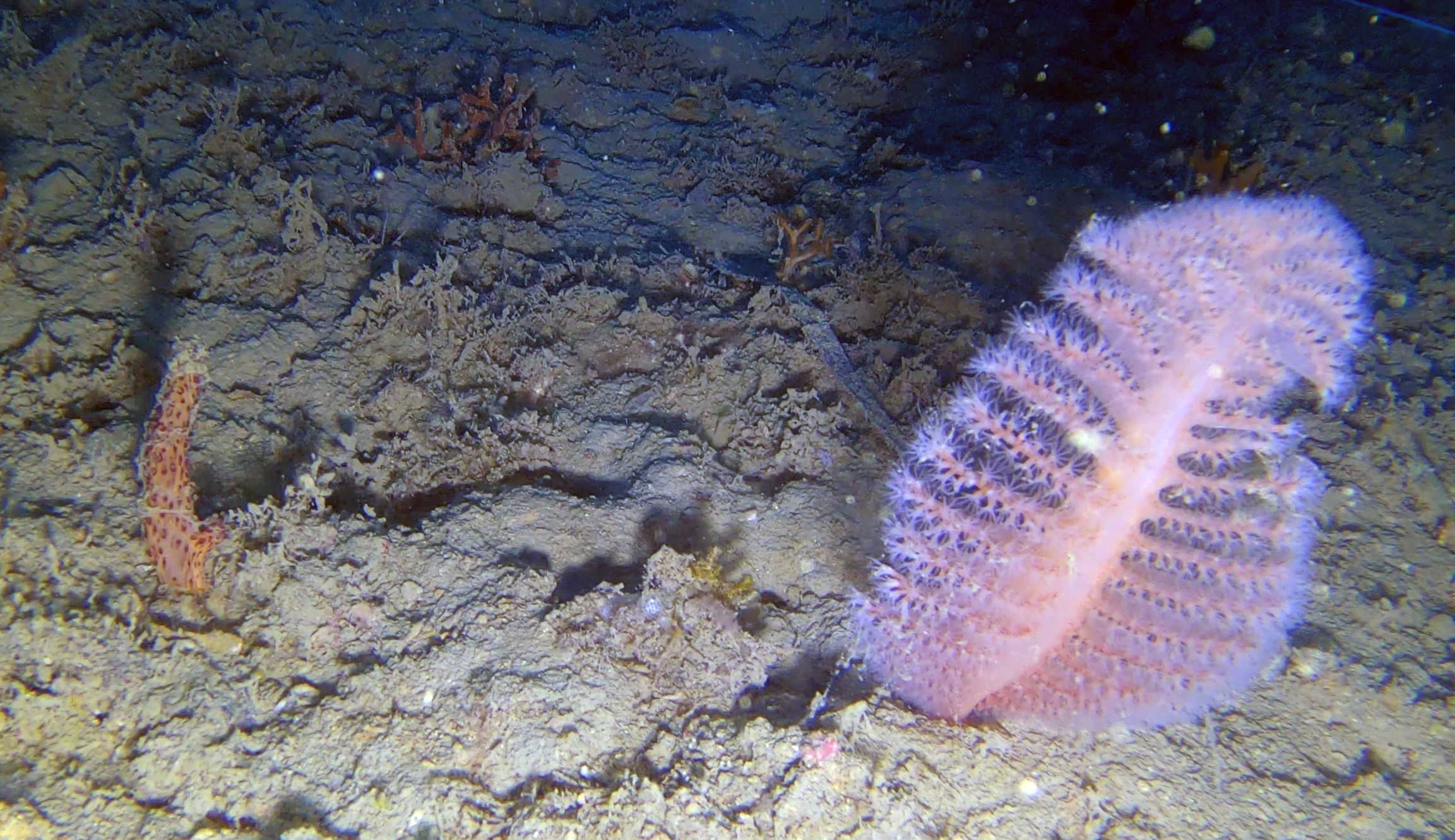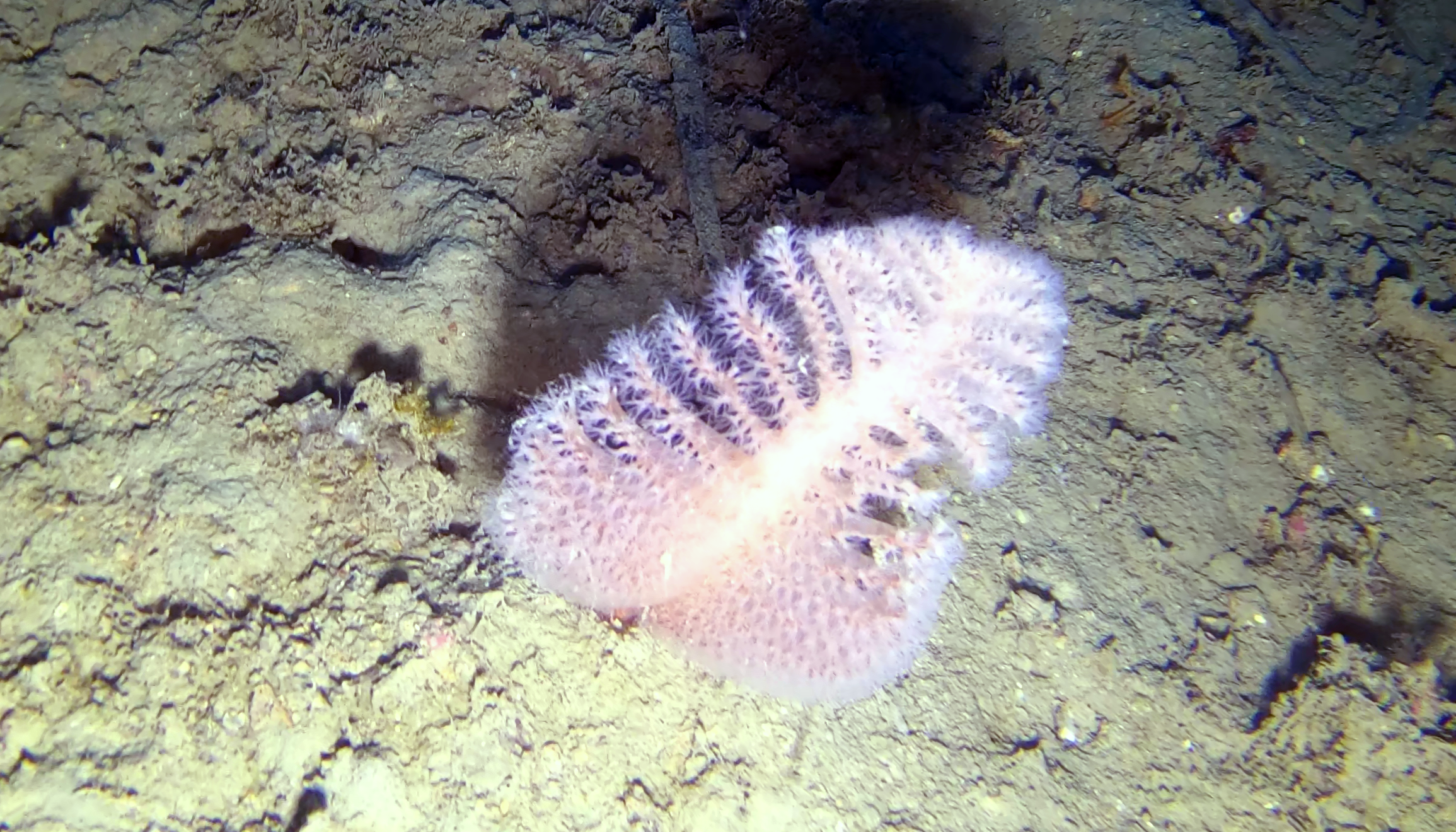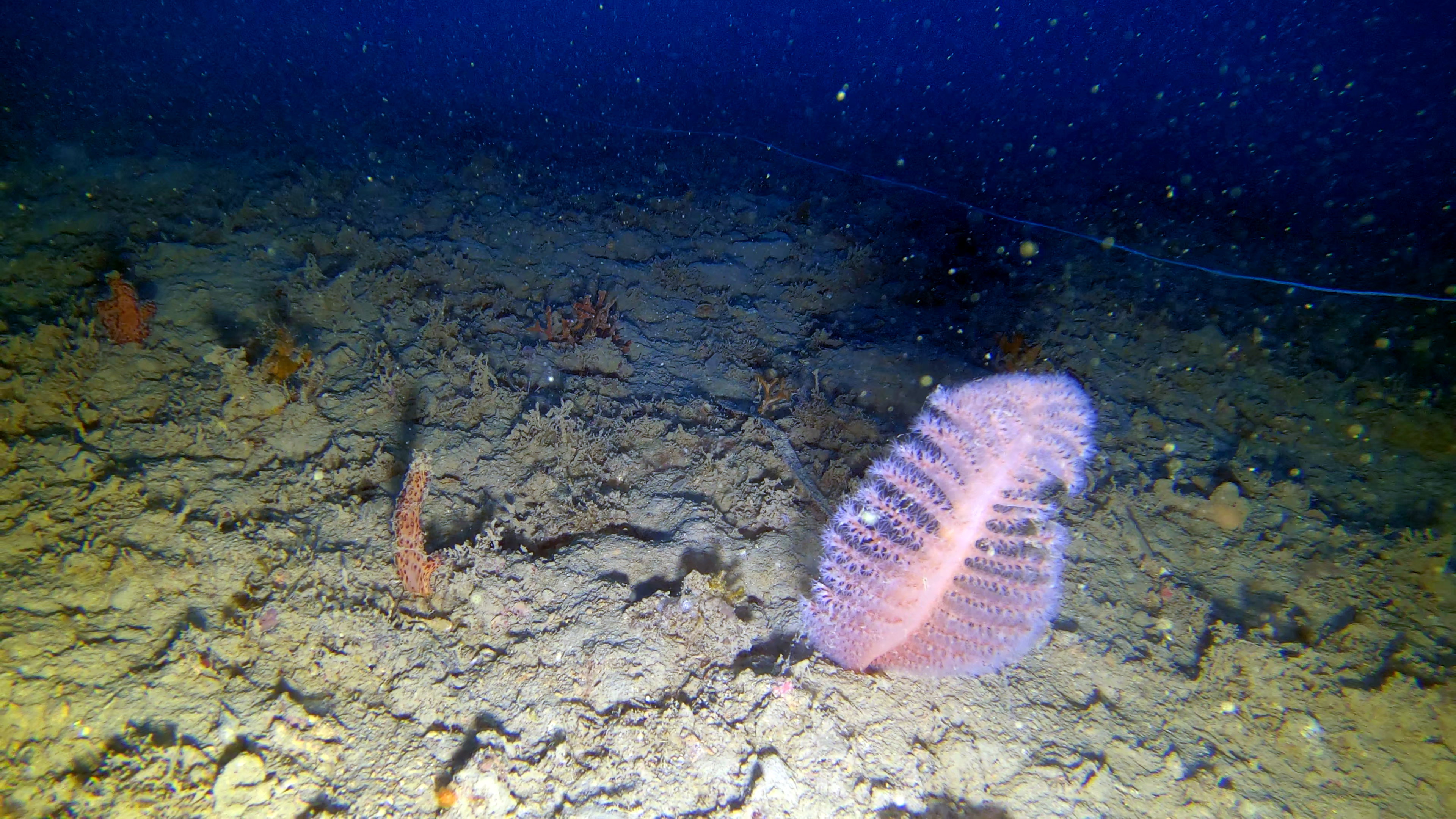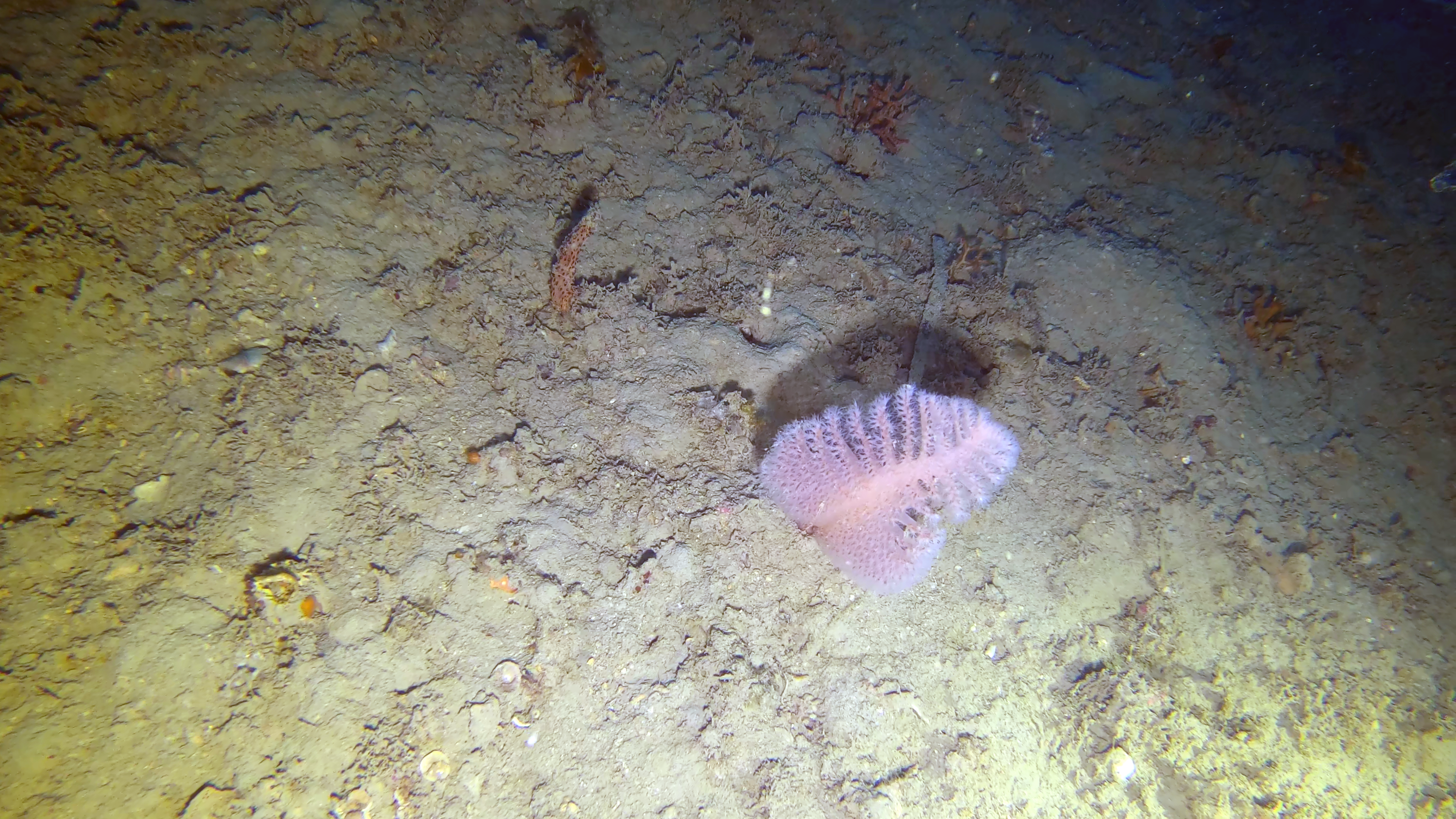Sea pen - Pennatula phosphorea
Pennatula phosphorea is a octocoral in the family Pennatulidae. Pennatula is a genus of sea pens in the family Pennatulidae. The genus contains several bioluminescent species, including Pennatula rubra, Pennatula phosphorea and Pennatula aculeata. Sea pens are colonial marine cnidarians belonging to the order Pennatulacea. There are 14 families within the order and 35 extant genera; it is estimated that of 450 described species, around 200 are valid. Sea pens have a cosmopolitan distribution, being found in tropical and temperate waters worldwide, as well as from the intertidal to depths of more than 6100 m.Sea pens are grouped with the octocorals, together with sea whips (gorgonians). penna marina pennatula phosphorea penna marina pennatula phosphorea intotheblue.it

Although the group is named for its supposed resemblance to antique quill pens, only sea pen species belonging to the suborder Subselliflorae live up to the comparison. Those belonging to the much larger suborder Sessiliflorae lack feathery structures and grow in club-like or radiating forms. The latter suborder includes what are commonly known as sea pensies.
Due to the geographic distribution, a result of inflating themselves with seawater which causes them to get carried by the currents, there is genetic variation within the different species of Sea Pens. There are many populations of Sea Pens found in mainly Indian waters. It is their Polyps that are affected genetically, as they have dispersed within the different waters and islands, and how they use their Polyps (tentacles) to protect themselves and other species. penna marina pennatula phosphorea. penna marina pennatula phosphorea

As octocoras, sea pens are colonial animals with multiple polyps (which look somewhat like miniature sea anemones), each with eight tentacles. Unlike other octocorals, however, a sea pen’s polyps are specialized to specific functions: a single polyp develops into a rigid, erect stalk (the rachis) and loses its tentacles, forming a bulbous “root” or peduncle at its base. The other polyps branch out from this central stalk, forming water intake structures (siphonozooids), feeding structures (autozooids) with nematocysts, and reproductive structures.
The entire colony is fortified by calcium carbonate in the form of spicules and a central axial rod. Using their root-like peduncles to anchor themselves in sandy or muddy substrate, the exposed portion of sea pens may rise up to 2 metres in some species, such as the tall sea pen (Funiculina quadrangularis). Sea pens are sometimes brightly coloured; the orange sea pen (Ptilosarcus gurneyi) is a notable example. Rarely found above depths of 10 metres, sea pens prefer deeper waters where turbulence is less likely to uproot them. Some species may inhabit depths of 2,000 metres or more.

While generally sessile animals, sea pens are able to relocate and re-anchor themselves if need be.They position themselves favourably in the path of currents, ensuring a steady flow of plankton, the sea pens’ chief source of food. Their primary predators are nudibranchs and sea stars, some of which feed exclusively on sea pens. The sea pens’ ability to be clumped together and spatially unpredictable hinders sea stars’ predation abilities. When touched, some sea pens emit a bright greenish light; this is known as bioluminescence. They may also force water out of their bodies for defence, rapidly deflating and retreating into their peduncle.

Like other anthozoans, sea pens reproduce by coordinating a release of sperm and eggs into the water column; this may occur seasonally or throughout the year. Fertilized eggs develop into larvae called planulae which drift freely for about a week before settling on the substrate. Mature sea pens provide shelter for other animals, such as juvenile fish. Analysis of rachis growth rings indicates sea pens may live for 100 years or more, if the rings are indeed annual in nature.
(extract from Wikipedia)
Gallery
Video Gallery
